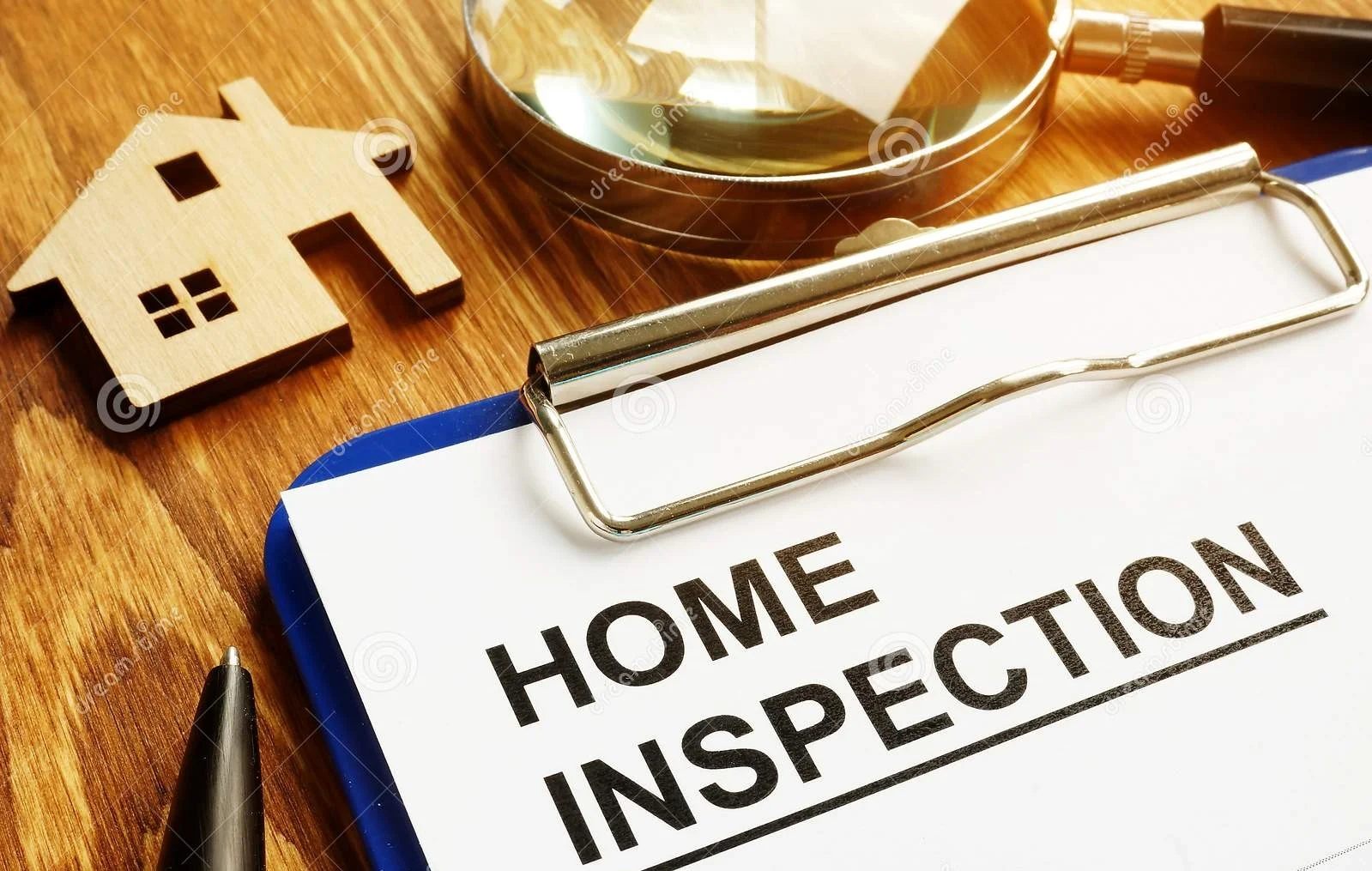The day is finally here. Your previous tenants have moved out, and you now have the opportunity to market your house to an even better prospect. However, before you start dreaming of the sweet cash rolling in, you must check your home and ensure everything is up to par. For many landlords, tenants can be a pain to deal with. But, in the end, they are the ones who will be paying your mortgage or rent each month. So it’s best to treat them respectfully and give them a pleasant experience while living under your roof. Here’s a checklist of everything that you should do as a landlord when your tenants move out:
– Schedule a final walk-through of the property with your tenants before they leave. This is an important step because it allows you to check for any damages that may have occurred during their stay. If there are any repairs that need to be made, you can deduct the cost from their security deposit.
– Give your tenants plenty of notice before you enter the premises. In most states, landlords must give their tenants 24 hours’ notice before entering the property. However, it’s always courteous to give them more notice if possible.
– Make sure that all of your utilities are turned off. This includes water, electricity, gas, and trash service. You don’t want to be responsible for paying your tenants’ utility bills after they move out!
– Perform a deep cleaning of the property. This is especially important if you’re planning on renting it out to new tenants right away. Nobody wants to move into a dirty house!
– Inspect the property for any damages that may have occurred during your tenants’ stay. If there is anything that needs to be repaired or replaced, deduct the cost from their security deposit.
– Take photos of the property before your tenants move in and after they move out. This will give you a visual record of the condition of the property over time.
– Have your tenants sign a final inspection report. This document should list all of the damages that were present at the time of their move-out. Once your tenants have signed this document, they are acknowledging that they are responsible for those damages and will not be able to dispute them later on.
– Return your tenants’ security deposit as soon as possible. In most states, landlords have 30 days to return a security deposit to their tenants. However, it’s always best to return it sooner if possible.
The next important thing once your tenants move out is to publish a physical vacant rental notice as well as publishing on different community websites. Most landlords don’t know what they are doing with this and end up publishing a generic notice that tenants don’t even bat an eye at. However, publishing a vacant rental notice is one of the most important things landlords do when leasing a property. Here are a few things to keep in mind when publishing a vacant notice:
– The notice should be visible from the street. Many landlords mistake putting the notice in a hard-to-see spot, like the back door or side window. But if you want people to see your notice, you need to put it where they will see it.
– The notice should be large and easy to read. There’s no point in publishing a tiny notice that nobody can read!
– Make sure the date is correct. This may seem obvious, but you’d be surprised how many landlords forget to change the date on their vacant rental notices.
– Be specific about what you’re looking for in a tenant. This will help weed out any applicants who don’t meet your criteria.
– Include your contact information. This seems like a no-brainer, but you’d be surprised how many landlords forget to include their phone numbers or email address on their vacant rental notices.
Once you’ve found a great tenant to fill your vacancy, it’s time to move on to the next important step: signing the lease agreement. The lease agreement is a legally binding document that outlines the terms of the tenancy. It’s important to have a well-written lease agreement in place because it will protect both you and your tenant in case of any disputes that may arise during the tenancy. Here are a few things to keep in mind when drafting your lease agreement:
– Make sure that all of the pertinent information is included. This includes the names of the landlord and tenant, the property’s address, the lease’s length, the rent amount, and when it’s due.
– Be clear and concise. Use simple language that both you and your tenant can easily understand.
– Have an attorney look over your lease agreement before you sign it. This will help ensure that everything is in order and that there are no legal loopholes that could come back to bite you later on.
The final step of this streamlined process is collecting rent. Rent is typically due on the first of every month, but you can choose whatever day works best for you. Just be sure to include it in your lease agreement, so there are no surprises.







